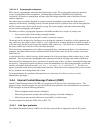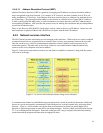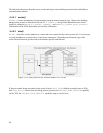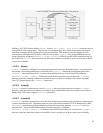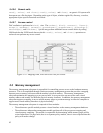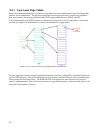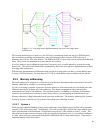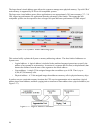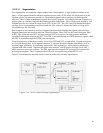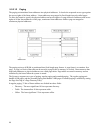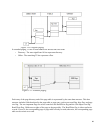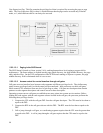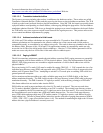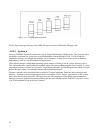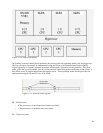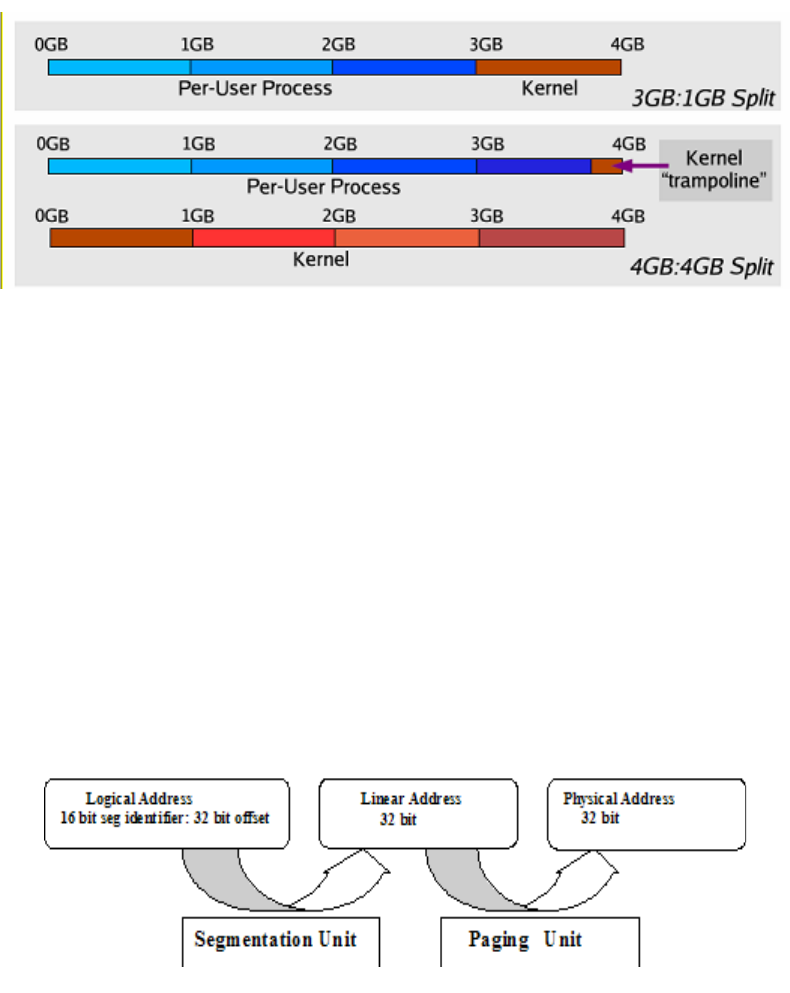
The larger kernel virtual address space allows the system to manage more physical memory. Up to 64 GB of
main memory is supported by SLES on x86-compatible systems.
The larger user virtual address space allows applications to use approximately 30% more memory (3.7—3.8
GB), improving performance for applications that take advantage of the feature. This means that x86-
compatible systems can be expected to have a longer life-span and better performance. FIXME unique?
This section briefly explains the System x memory addressing scheme. The three kinds of addresses on
System x are:
• Logical address: A logical address is included in the machine language instructions to specify the
address of an operand or an instruction. It consists of a segment and an offset (or displacement) that
denotes the distance from the start of the segment to the actual address.
• Linear address: A single 32-bit unsigned integer that can address up to 4 GB. That is, up to
4,294,967,296 memory cells.
• Physical address: A 32-bit unsigned integer that addresses memory cells in physical memory chips.
In order to access a particular memory location, the CPU uses its segmentation unit to transform a logical
address into a linear address, and then a paging unit to transform a linear address into a physical address (see
Figure 5-27).
86
Figure 5-26: System x virtual addressing space
Figure 5-27: Logical Address Translation



